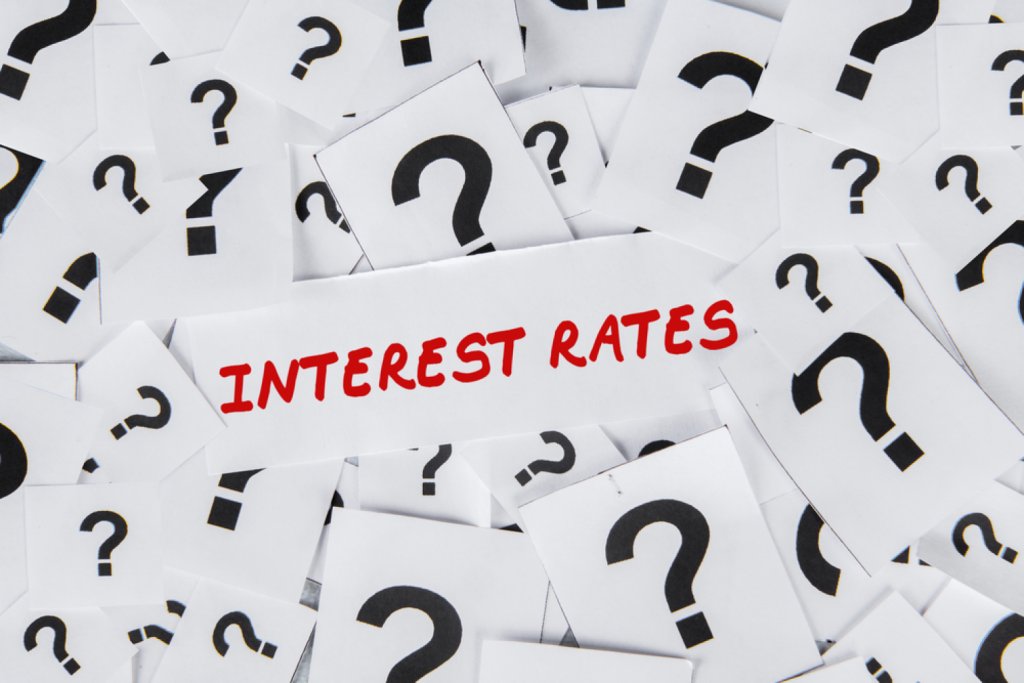Today's Interest Rates Aren't Making Sense

In the early 1980s, the U.S. was in a recession and even the Mid-Willamette Valley experienced the prime interest rates above 20 percent. Of course, people weren’t too excited knowing that if they purchased commercial real estate they’d be asked to pay more than 20 percent in annual interest on their loans. That was a difficult time for all of us.
But in looking at today’s interest rates, do these rates reflect what the real market interest rates should normally be? I’ve understood that interest rates should consider the real level of inflation, and then the lending rates will be somewhere above this level, representing an amount of return above and beyond the current level of inflation.
In talking to colleagues they have agreed that in recent years the overall numbers haven’t been making as much sense. The inflation rate is low, but cost of food and housing has gone up. That leaves us scratching our heads and asking why.
When you look at websites like ShadowStats.com, (a site that reports on how the calculation of our major indices dealing with both inflation and unemployment rates has been changing over the years), we find that today’s inflation rate would now be 6 percent if it were still calculated the way that it was years ago. In addition, today’s unemployment rate would be about 22.5 percent if it were still calculated the way that it was years ago, too.
So, what we’re seeing are interest rates that don’t make sense based upon the real, underlying numbers as we’ve known them, representing a subsidy to some people, and an additional expense to others. Keeping this in mind, real estate itself benefits tremendously from these interest rates that have been made artificially lower, as people can now own properties with lower monthly payments, which helps to maximize the upward pressure on today’s property values, too. Businesses will also benefit from this as they can now borrow money at these lower interest rates.
Less fortunate are the people with retirement pensions, as the rates of return on their pension plans have been far below projections due to these lower interest rates. So, this all depends on which side of the subsidy you find yourself on, in terms of whether this may be working for you. The good news in commercial real estate, at least for now, is the fact that while The Fed has begun raising interest rates, they’ve begun doing this very slowly. This is very important, as we don’t want to see any major disruptions within our commercial real estate market.
When taking all of this into consideration, while most of us in business and industry are opposed to government subsidies, if we’re going to end up on one side or the other one, we’re glad when it is looking up.
Alex Rhoten is a principal broker at Coldwell Banker Commercial Mountain West Real Estate. www.CBCRE.com or 503-587-4777

